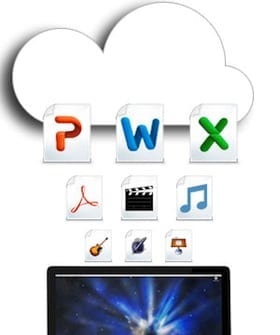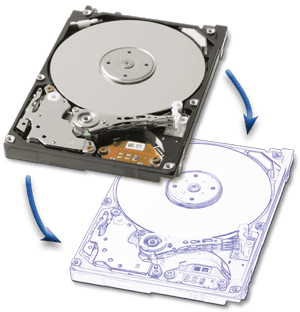We talk a lot about backing up around here; I’d say it has been the third-most popular topic here on the OWC Blog, behind memory upgrades and price specials. In fact, OWC Mike H. posted a piece about backing up early last week.
However, this time around, I’d like to take a slightly different track that we don’t always cover – even with automated services like Time Machine, backing up still needs to be an active process.
In the interest of full disclosure, I’ll relate that this particular topic stems from recent personal experience. Earlier this month, my father (who I help with the upkeep on his Mac mini at his company) had his main hard drive fail on him.
“No problem,” I thought, “I set up an automated nightly backup on the system. All I need to do is replace the internal drive, then restore from the backup and we’ll be good to go.”
Unfortunately, it wasn’t quite that simple. Sure, we made annual backups to CDs, mostly for record-keeping purposes, but trusted that backup software to do the rest in between. The problem is that for some reason, the backup routine had stopped sometime over April of last year. As it had run reliably for quite some time prior to that point, we’d never checked it for consistency – that was our major mistake.
As a result, none of the data created since the beginning of the year was backed up when the hard drive went bad. Considering the amount of money involved with the data (I won’t go into details, but it is rather significant), the concept of losing it all is pretty much catastrophic.
There are a pair of lessons we can learn from this story:
1.) Automatic backups need to be periodically checked.
Check your backups from time to time just to make sure all the data is in good shape. In my case, it would have also helped to determine whether or not the darn thing was backing up in the first place. Believe me, the worst time to find out your backup is out of date or no good is on the day you need it.
2.) Make multiple copies of data you can’t afford to lose.
I also recommend keeping one or more these copies off-site, so if one backup fails (or is damaged, etc.) you at least have copies of the really important data somewhere.
Fortunately, OWC has all the equipment you need to set up or improve your backup strategy. From our award-winning external Storage Solutions, to recordable media, to replacement internal drives for ones that have failed, we have you covered.
Oh, as for our little story above, we were fortunate enough to be able to recover the “lost” data by using Prosoft Engineering’s Data Rescue 3. We hooked the failed drive up to another computer via an OWC Express enclosure, and let Data Rescue go at it. It took about a week to process, but from all the checks we’ve done, it appears that all the data that had once been “lost” has now been recovered.
I love a happy ending.









I’m seeing a few iPhone apps that mimic guitar stomp boxes (guitarfx, stompvox), but they share the same limitation: the audio input is the iPhone’s mic. Could Newer Tech (or someone) make a cable that would allow a guitar or line-level in, and stereo out? Either via the 4-connector miniphone, or preferably via the base? Think of the apps that would be possible….